
A wave of uncertainty is sweeping through one of America’s major automakers, necessitating difficult decisions at Ford. Sources indicate that the company feels the pressure as mixed signals emerge from the global electric vehicle (EV) market. Insiders are warning of growing industry headwinds that could lead to a substantial transition within the automaker.
These market shifts challenge Ford’s established strategies and call into question its longstanding investment in electrification. “We need to adapt quickly,” said a company representative, reinforcing the urgency the leadership feels in addressing the evolving landscape.
A Critical Juncture
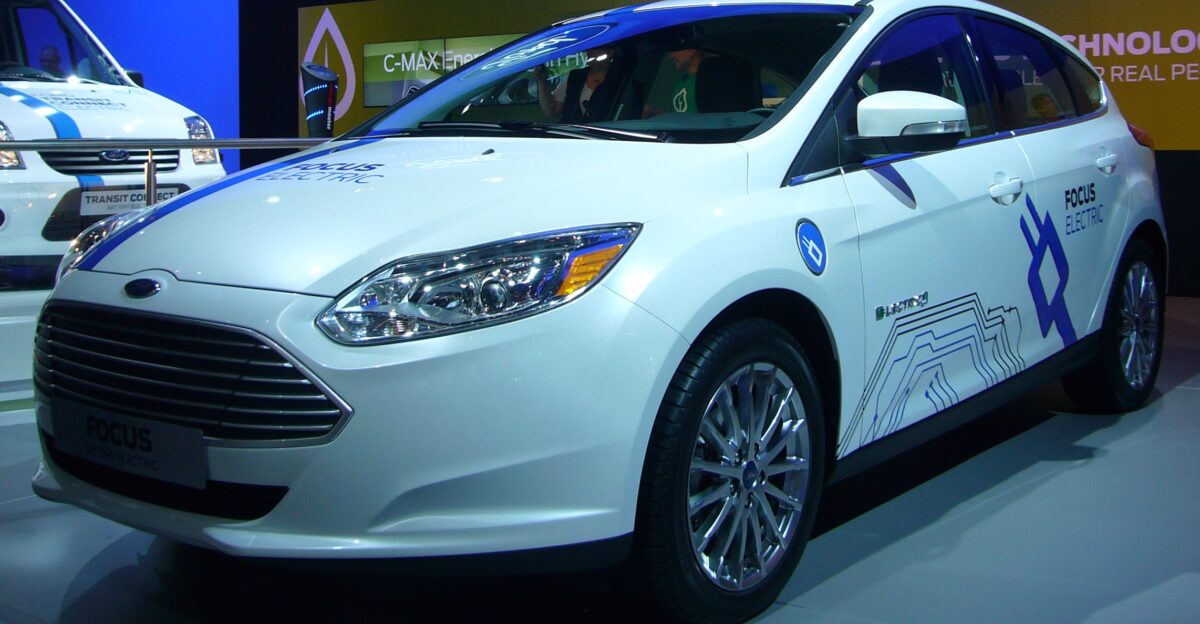
Ford’s global strategy for electric vehicles is now under intense pressure following years of significant investments. Recent statistics indicate a troubling plateau in EV demand growth, particularly in Europe and certain regions of Africa, where adoption has been slower than anticipated. This has led to a more “volatile” sales climate, causing anxiety to rise among investors.
“We are concerned the momentum is slipping,” stated an industry analyst, emphasizing the urgency of the situation. Executives at Ford now grapple with how to pivot effectively without losing sight of their electric ambitions.
Investment Backfire
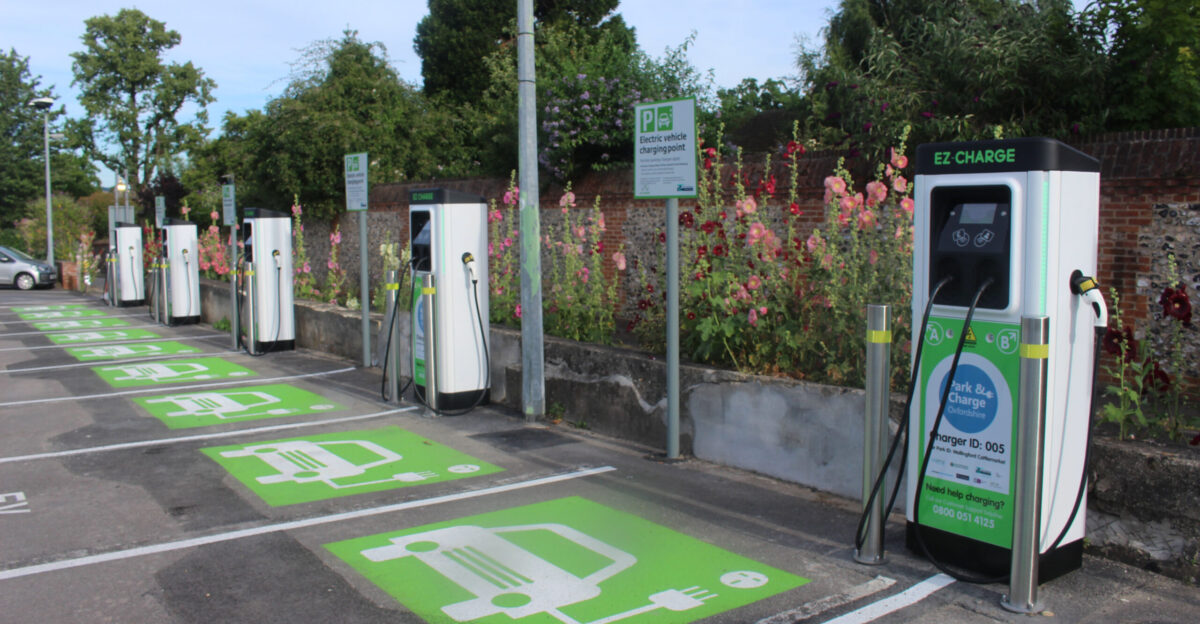
Over the past five years, Ford has committed billions of dollars to expand its EV plants. The launch of the Cologne Electric Vehicle Center in Germany was initially perceived as pivotal for Ford’s European expansion, designed to capitalize on the electric surge.
Similarly, upgrades at the Silverton plant in South Africa aimed to set the stage for new EV production lines. Yet, the promising future image is fading fast. “We’ve built our hopes around these expansions,” remarked a worker at the Cologne facility, revealing the human cost of fluctuating market dynamics.
Supply Chain Squeeze

As 2025 unfolded, Ford and its competitors found themselves racing to ensure battery resources while trying to ramp up production. Supply chains are increasingly stressed, and forecasts that once appeared optimistic now seem overly ambitious. As EV sales began to miss projections in critical markets, labor unions raised alarms over potential job security.
“The reality of our situation is hitting hard,” expressed a union representative, highlighting the rising concern among employees. With these challenges compounding, Ford must recalibrate its EV strategy to maintain a viable path forward.
Job Cuts Announced

On September 16, 2025, Ford made the difficult announcement of cutting approximately 1,500 jobs across its EV plants in Cologne and Silverton. This decision marks a significant retreat from the company’s earlier aggressive electrification plans and indicates a drastic recalibration of its global strategy.
Company leadership confirmed this drastic turn of events publicly, adding gravity to the situation. “It feels like a betrayal to our team,” remarked an employee affected by the layoffs, capturing the sentiment of many. With this shift, Ford is now forced to reevaluate its course in the EV market.
Community Impact

The cuts at the Cologne plant, once heralded as Ford’s flagship EV facility in Europe, will see up to 1,000 workers laid off. The Silverton facility in South Africa will face similar challenges. Local officials and union representatives from both regions express deep concern over the economic repercussions of these cuts.
“These layoffs don’t just impact jobs; they affect entire families and communities,” said a local union leader, emphasizing the broader ramifications. The mood in these areas is somber as the consequences of corporate decisions ripple through their lives.
Personal Side of Cuts

“People are devastated,” said IG Metall union chair Martin Hennig, reflecting the shock felt by workers in Cologne following the job cuts. In South Africa, employee Thandeka Mokoena described the news as “a shock for many families.” Ford promised various support packages to affected workers, but uncertainty remains palpable.
The emotional toll of layoff announcements runs deep as communities grapple with the fallout. “We trusted Ford to lead us into the future,” stated a long-time employee, highlighting the trust now shaken in the company’s commitment to its workers.
Industry Recalibration
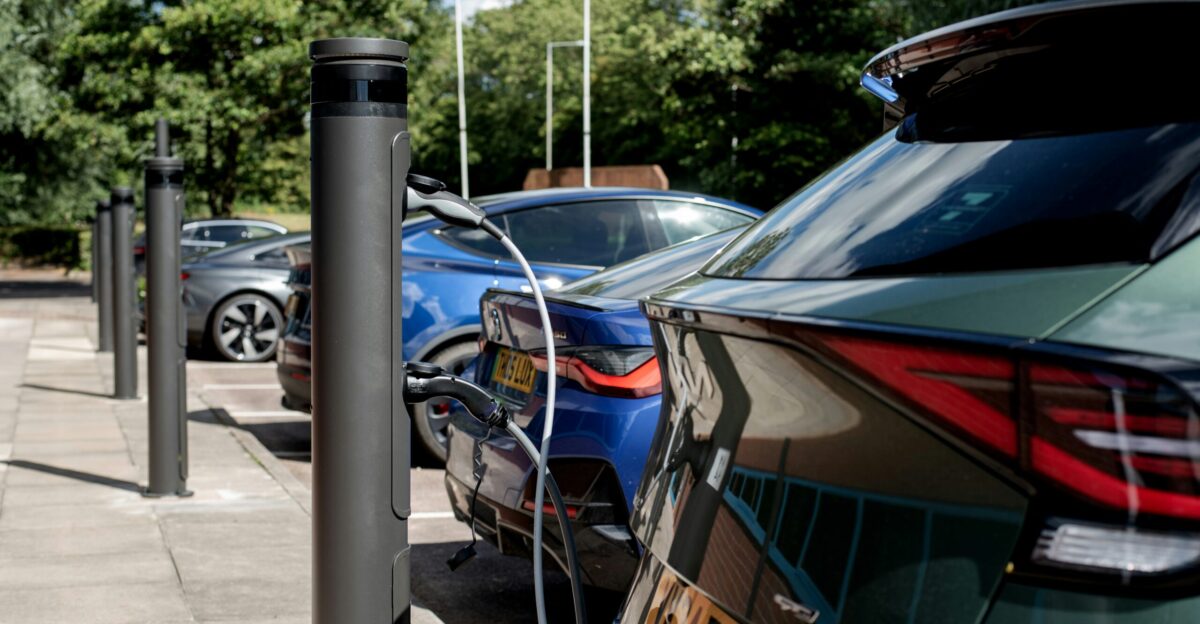
In light of Ford’s challenges, other automakers have also begun reassessing their EV expansion strategies. Volkswagen has postponed several planned investments in battery plants, while General Motors has decreased its electric truck production. This trend signals a broader industry caution amid slower-than-expected consumer uptake of electric vehicles.
“The whole market is holding its breath,” remarked an automotive analyst, underscoring the growing unease within the sector. As companies navigate this unpredictable landscape, the future of EV manufacturing hangs in the balance.
Market Cooling Off
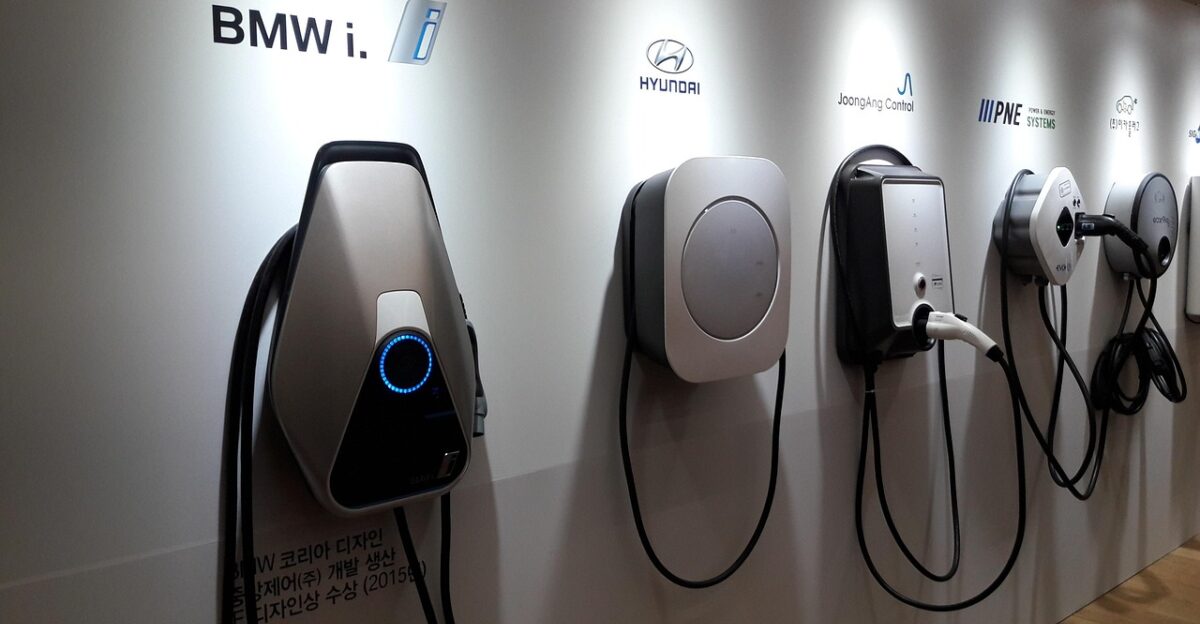
New industry data reveals that global EV sales have only risen by 12% this year, a far cry from the stunning 34% increase seen in 2023. As rising interest rates and inconsistent charging infrastructure contribute to this cooling demand, manufacturers like Ford are feeling the pressure.
Some markets are advancing at a faster pace than others, creating further complications for global automakers. “This disparity only intensifies the challenges for companies trying to scale,” shared a market expert. Amid these shifts, Ford faces critical decisions regarding its future.
Reality Check

In a candid admission, Ford CEO Jim Farley reflected on the current state of the EV market, stating, “The EV market is way smaller than we thought.” This remark embodies a significant shift from earlier optimistic projections and reveals a stark reality that Ford is now confronting. Following this revelation, the company is re-evaluating its EV sales forecasts for the coming two years.
Such a public acknowledgment illustrates the urgency for the company to pivot its strategy. An industry insider remarked, “Reassessing these forecasts can make or break Ford’s future in the EV market.”
Internal Discontent
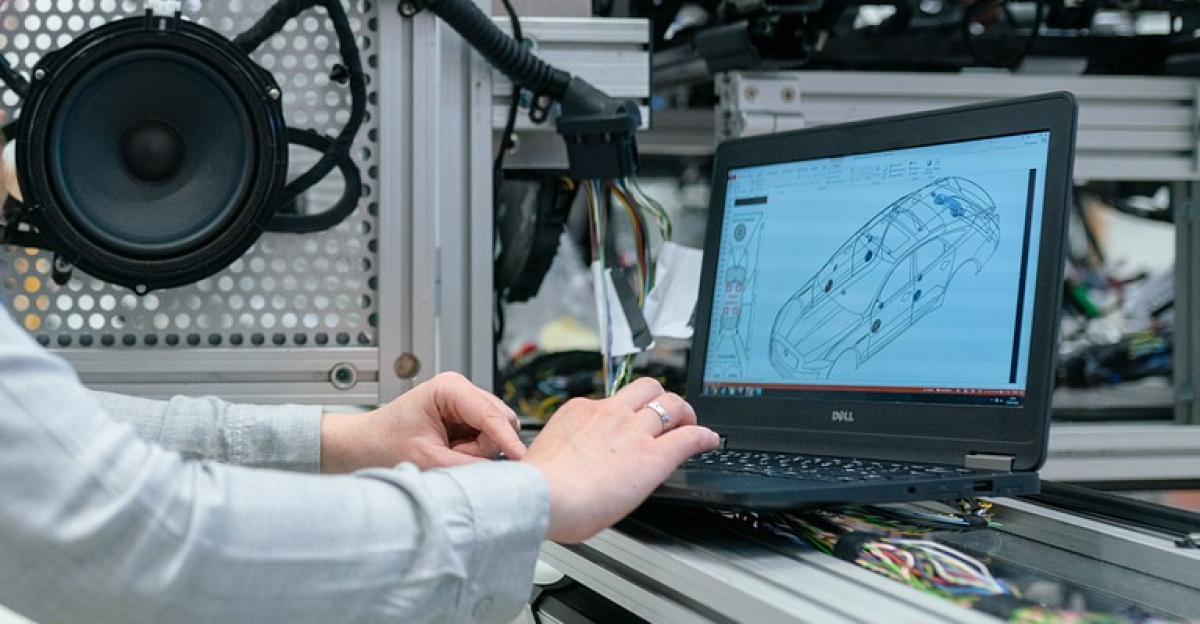
As Ford adjusts its strategy, frustration has surfaced among engineers and sales teams. A senior manager remarked, “We’ve been told to sprint; now suddenly we’re slowing down.” This abrupt change has raised concerns about the stability and continuity of ongoing innovation projects.
Employees worry that these rapid pivots may disrupt not only the workflow but also the company’s long-term vision for electric vehicles. “How can we innovate if we are constantly changing direction?” questioned a lead engineer, conveying the sentiment resonating among Ford’s workforce.
Leadership Scrutiny
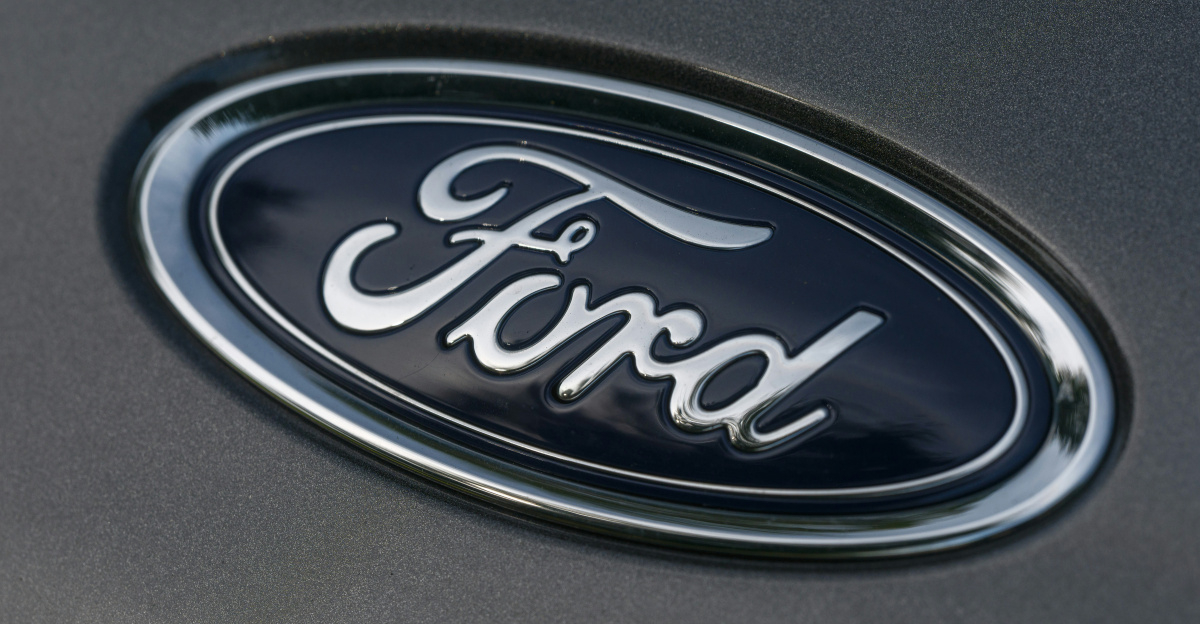
CEO Jim Farley now faces increased scrutiny from both the board and shareholders as they grapple with Ford’s uncertain financial outlook. The pressure on the leadership team, including CFO John Lawler, intensifies as they work to clarify long-term priorities in the EV landscape.
With upcoming earnings calls on the horizon, Ford’s leadership is tasked not only with stabilizing the company’s outlook but also with redefining its strategy moving forward. “The next steps are crucial,” cautioned a member of the board, emphasizing the critical nature of decision-making at this pivotal moment.
Strategy Pivot

In response to the current landscape, Ford is revisiting its capital allocation strategy, shifting its focus towards hybrid vehicles and more profitable gas-powered models. The company recently announced a new hybrid SUV rollout, indicating a potential bridge strategy as consumer adoption of fully electric cars appears to temper.
“We’re adapting to what the market is telling us,” noted an executive, encapsulating the company’s pivot. As Ford navigates its way through these challenges, balancing innovation with practicality will be key to regaining traction.
Diverging Opinions

The evolving situation has sparked a split in expert opinions on Ford’s strategic shift. Some analysts argue that the company’s recalibration amid market turbulence is a prudent move. Others warn that Ford may risk losing ground to established Asian EV leaders.
“Staying nimble is key, but Ford must not fall behind on innovation,” says UBS automotive analyst Evelyn Becker, illustrating the delicate balance the company must strike. As the narrative unfolds, the stakes surrounding Ford’s decisions continue to rise across the automotive industry.
Industry’s Future
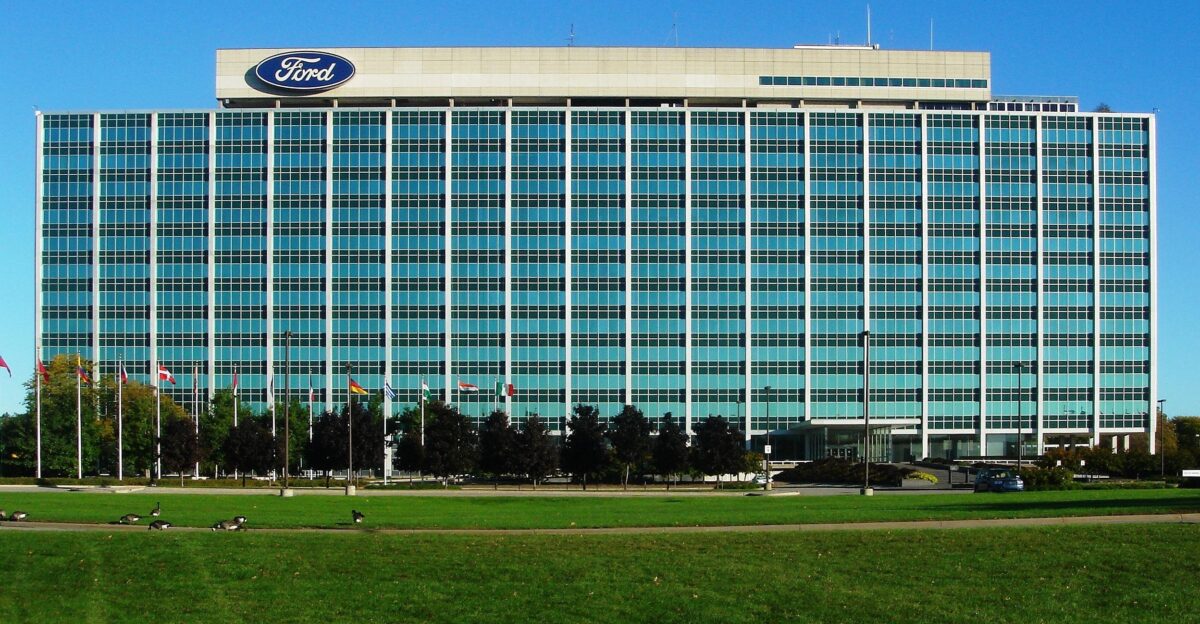
As Ford navigates through the storm of 1,500 job cuts and a strategic retreat, questions loom over the company’s future trajectory. Will this pivotal moment redefine the path of electric vehicles? Industry observers remain curious about whether Ford can recover lost momentum or if these recent challenges are the first signs of a broader struggle amongst Western EV manufacturers.
“We’re watching closely to see if Ford will find its footing again,” an automotive industry expert noted, capturing the attention of many as the narrative continues to unfold.
Community Resilience

While Ford’s decisions ripple through local economies, impacted communities are showing resilience. Workers in Cologne and Silverton are coming together to support one another during this challenging time. “We’ll find a way to adapt,” said a factory worker from South Africa, embodying the determination found among many affected.
Local organizations are stepping up to provide resources and programs to help displaced workers transition into new job opportunities. The strength of community ties is a crucial aspect in navigating this difficult chapter.
The Road Ahead

Unanswered questions mark the path forward for Ford. What will the revised electric strategy entail, and how will it strike a balance between innovation and market realities? Decisions made in the coming months will not only impact the company’s financial status but also its commitment to sustainability.
Employees are anxiously watching for signs of direction. “We just hope to know what’s next,” shared a team member in the EV department, underscoring the desire for clarity and stability as Ford charts its course through uncertainty.
Market Transformation
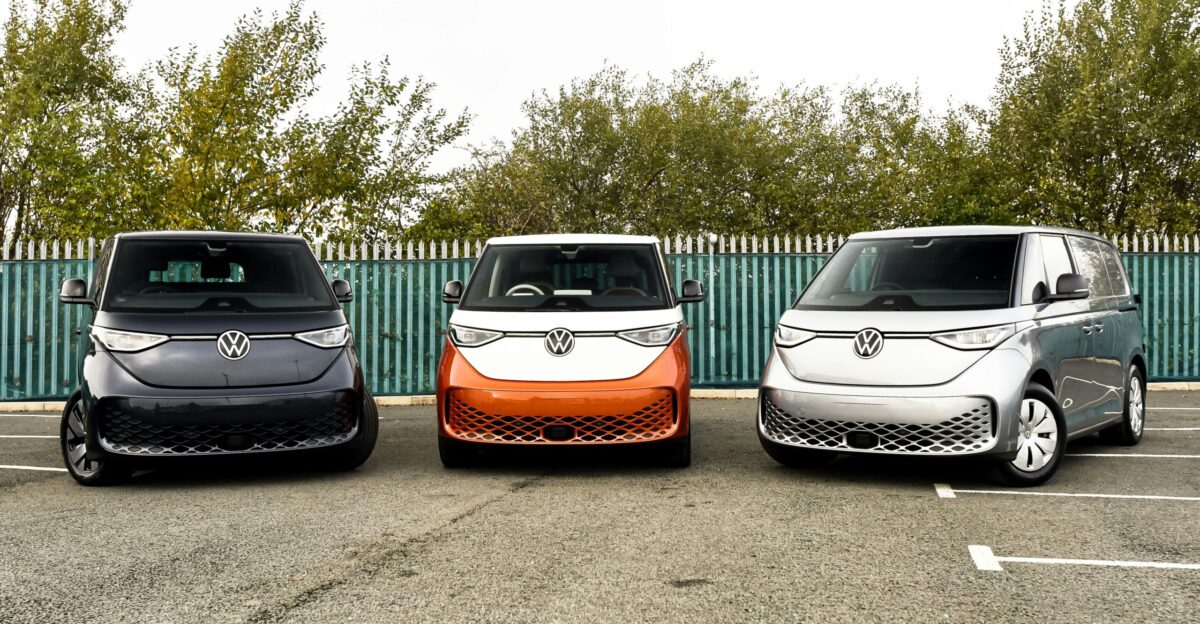
As Ford grapples with its challenges, the entire automotive industry is undergoing a transformation. Competitors are also evolving, experimenting with hybrid and alternative fuel technologies. This shift in priorities may influence consumer expectations and demand for electric vehicles.
“Innovation is no longer a luxury; it’s a necessity,” noted a market analyst, highlighting the stakes at play. As the industry adapts, the definition of success may begin to change, putting pressure on traditional automakers to innovate or risk becoming obsolete.
Stakeholder Mindset
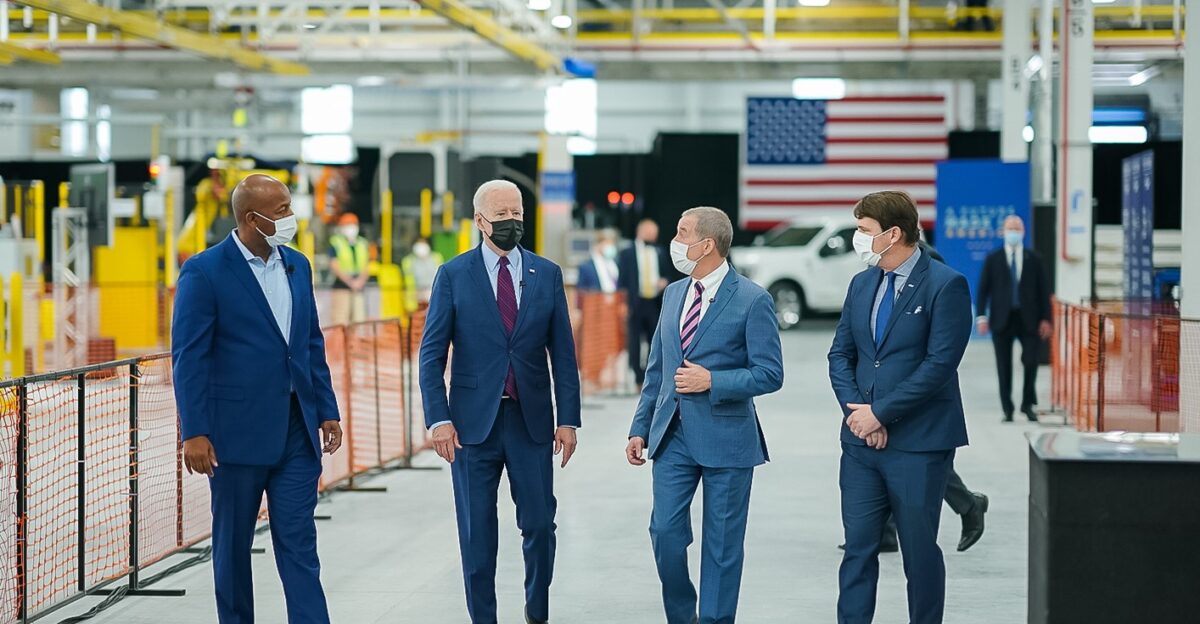
As stakeholders closely watch Ford’s moves, varied perspectives emerge from employees, investors, and local communities. While some emphasize the need for rapid innovation, others stress the importance of stability and job preservation.
Ford’s leadership must balance these contrasting expectations, taking into account the real lives affected by corporate strategies. “It’s about finding common ground,” remarked a community leader, calling for collaboration among all parties to ensure a sustainable future that supports both economic and environmental goals.
The Fork in the Road

In conclusion, Ford stands at a pivotal crossroads in its journey towards electrification amid industry uncertainty. The 1,500 job cuts have raised significant questions regarding its strategies and future direction. As market conditions evolve, the automaker must navigate carefully to strike a balance between innovative pursuits, practicality, and community impact.
“We all want Ford to succeed, but it has to recognize the realities of the market,” reflected an industry veteran, underscoring the collective hope for a resilient and adaptable future. The following steps will shape more than just Ford; they may redefine the trajectory of the entire EV industry.